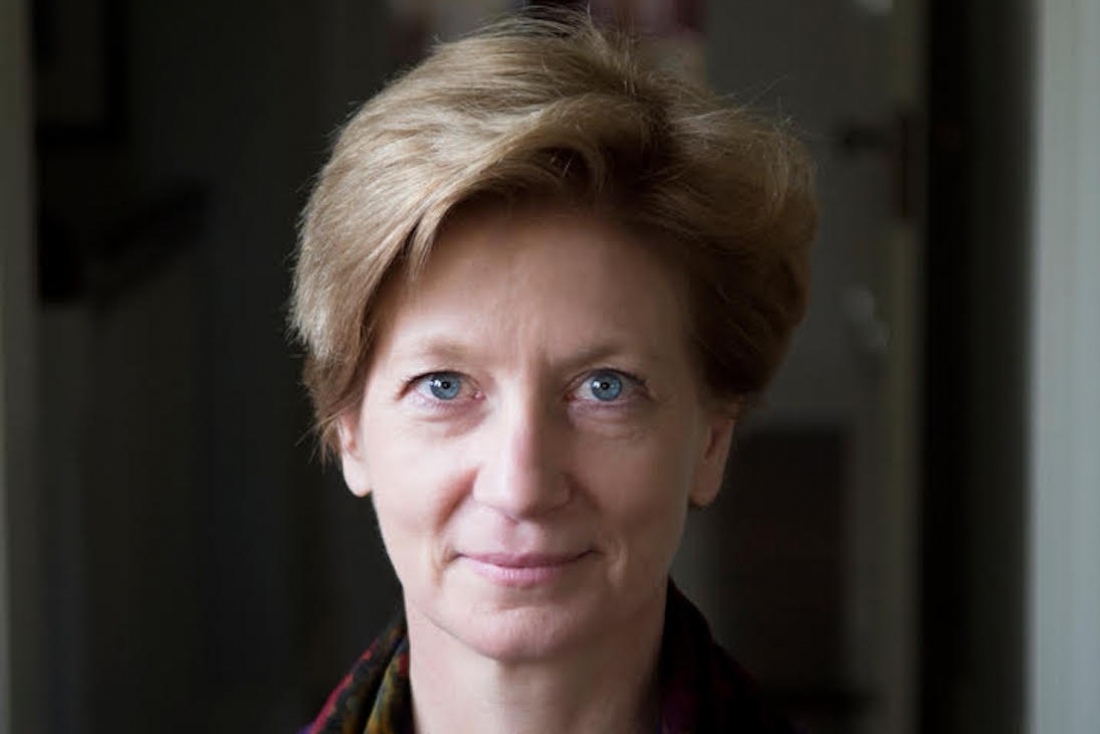

Translator from French and German whose powerful version of Incest made author Christine Angot one of the most controversial figures of contemporary literature. Winner, PEN Translation Prize and Co-chair, PEN Translation Committee.
How did you begin your journey in translation and how has your practice evolved since? How did you first develop a fascination for the French and German languages?
When I was young my family moved back and forth several times between France and the United States and when I was in university I studied in Austria for a year. So you could say that I set out on my journey in translation when I stepped into a French school as a six-year-old. That is certainly when my fascination with languages began. It was confusing and exhilarating to realise you could say the same thing in many different ways, with different sounds, inflections, nuances, and connotations. Even though I couldn’t have put that feeling into words as a child, I remember it vividly.
What has been your most memorable translation till date?
Definitely the French writer Christine Angot’s work of autobiographical fiction, Incest. It is a harrowing book that not only recounts horrific experiences but recreates for the reader the emotional claustrophobia suffered by someone unable to escape from or come to terms with her past.
The hardest part of translating it was capturing the rhythm, pacing and sporadic frenzy of Angot’s prose. Not only does the narrator’s voice echo the inner turmoil she feels revisiting and describing the physical and psychological trauma she suffered, but it also conveys the lasting distortion of the way she sees the world and relates to others—her “incestuous mental structure”. The emotional pitch of the prose in Incest varies according to the narrator’s frame of mind, so I had to find modulations attuned to those changes. In addition, the style and narrative approaches in the book’s three sections differ dramatically, so I had to rethink my own approach for each. She also free associates through rhyme and word play—it was a real challenge to find English equivalents.
Angot also incorporates other writers’ texts into this book. In a sense, translating the Incest was also a bit of a literary treasure hunt for hidden or masked gems by HervéGuibert, René Char, Gilles Deleuze, Marguerite Duras, and others.
What are you currently working on?
My current translation, a novel called Kraft, is one of the most fun I’ve done so far. It’s a satire by the Swiss writer Jonas Lüscher who skewers the arrogance of Silicon Valley technocrats and proponents of free-market capitalism. Jonas writes with a sharp, but understated humor and a caustic irony that is not always easy to capture but is crucial to the depiction of the main character, Richard Kraft, who tries his best to betray his own convictions and sell his soul, all to preposterously disastrous results.
Humor is both one of the most difficult elements to translate, and one of the most liberating. You can rarely stick very close to the original and have the result be funny. Humor forces you to take liberties—all in the name of faithfulness.
“The wonderful thing about translation is that your never alone with the blank page. The terrible thing about translation is that it almost never lives up to one’s ideals.”
With so many nuances and much that is said between the lines, how do you make sure a story is found and not lost in translation?
I try to recreate my experience of reading the original, in all its complexity, elusiveness, and musicality for English readers. This is, of course, a hopelessly idealistic goal, but translators are necessarily equal parts idealism and practicality [though the latter ultimately has the upper hand since the work has to get done].
What is the best and worst thing about translation?
The wonderful thing about translation is that your never alone with the blank page. The terrible thing about translation is that it almost never lives up to one’s ideals.
What is the biggest challenge of your craft?
The biggest challenge is exactly what you asked about earlier: making sure a story and as many of the tangible and intangible elements—voice, rhythm, style, allusions, internal and external echoes—are found in the new language. A secondary challenge is keeping my English supple and versatile.
But the challenges don’t end with the finished translation. Although more translations and a wider variety of foreign works are being published in English than in past decades, they aren’t necessarily reaching readers. I and many translators I know, do whatever we can trying to build audiences for the works we translate and to generate interest in translated literature—whether organising or participating in festivals and readings, writing articles or features in magazines or online, talking to students in schools, encouraging bookstores to stock translations, the list goes on.
What is next?
I am in the midst of translating a long, sui generis work by Ludwig Hohl [1904-1980],an exceptional Swiss writer who exerted a profound influence on his contemporaries but is still unknown to English speaking readers. His Notes or On Non-premature Reconciliation is a meticulously ordered collection of several thousand aphorisms, maxims, reflections, mini-essays, observations, portraits, and quotations, bound together under his philosophical conceit of ‘Work’ as the persistent and wholehearted use of one's creative forces. Notes is a project that is filled with discoveries for me.
TEXT Soumya Mukerji